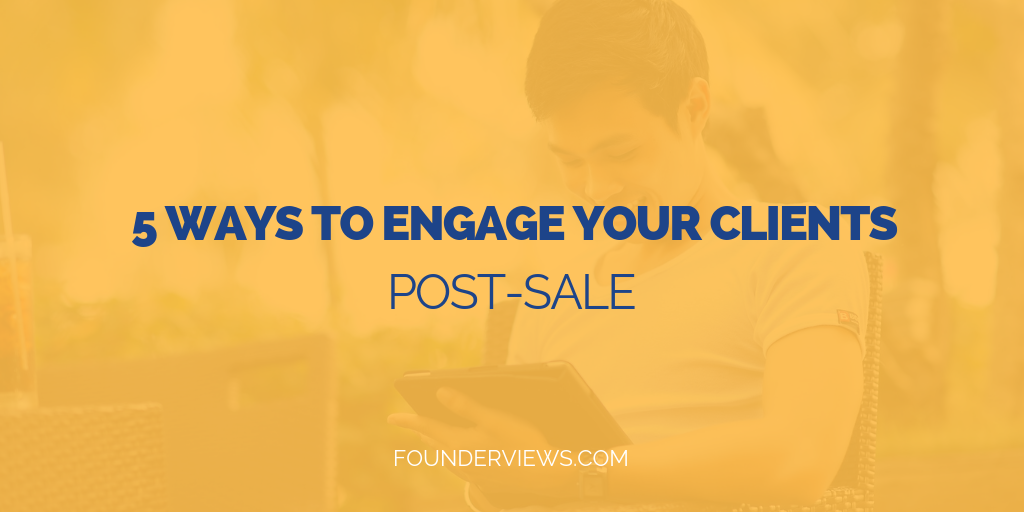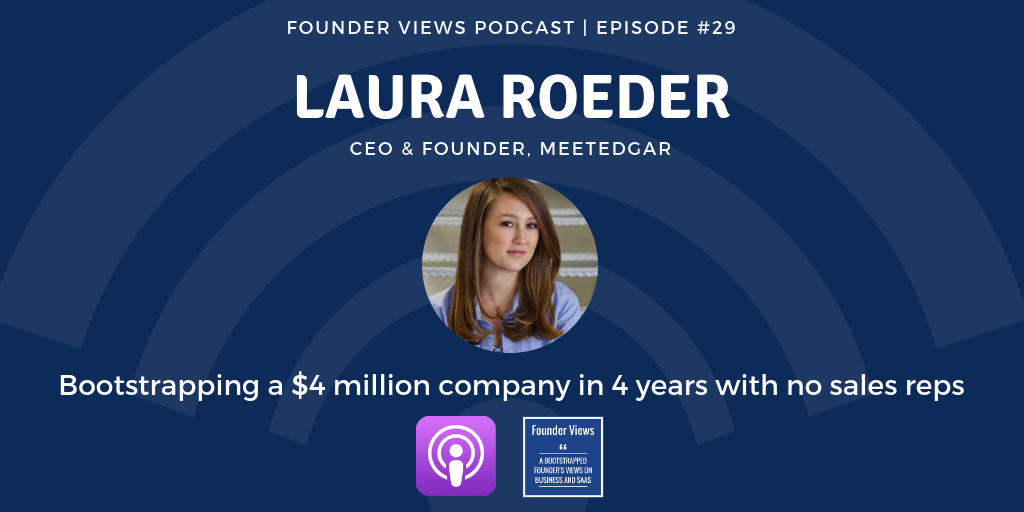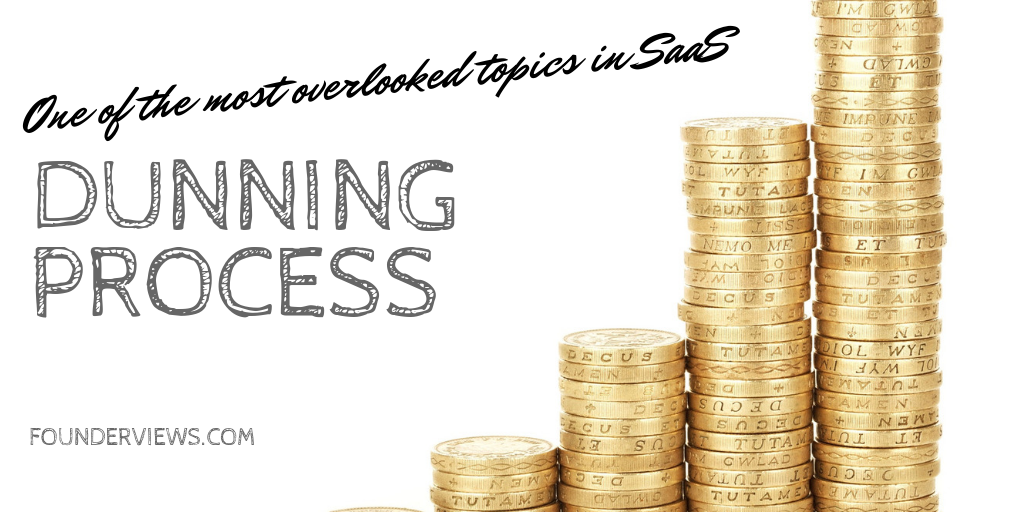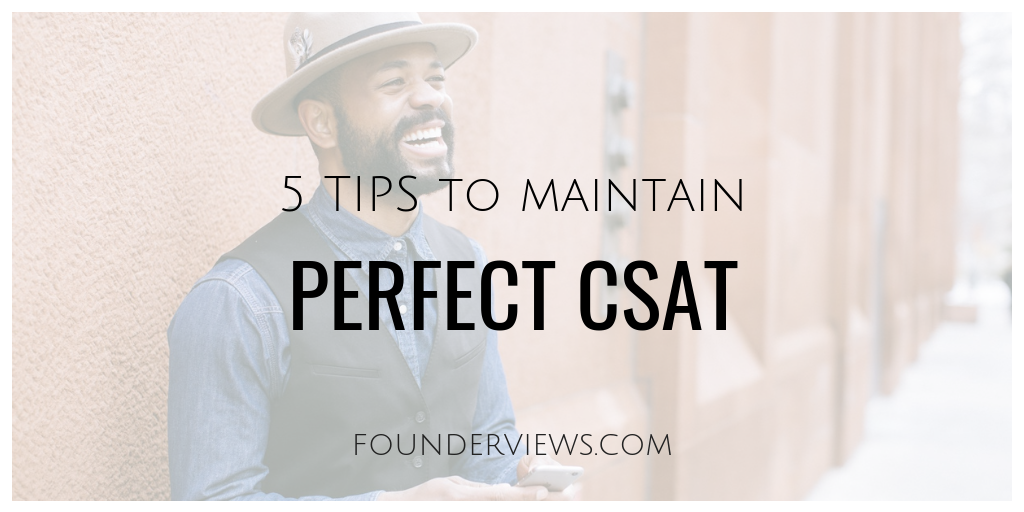You marketed your product, your sales team pitched the product to a prospective client, had a few follow up meetings, and finally closed the sale! Congratulations, the client is in the door!
Now the hard work begins…
NOT to take anything away from those in sales – in fact, sales is the most important department in business, in my opinion. Without sales, companies slow down, flatten out and eventually die. No matter what turmoil a company is going through, in almost all cases, sales will help solve that problem.
In SaaS however, the hardest part is engaging the client post-sale. Most companies make the mistake in assuming just because a client signed up, they understand the value they’re supposed to be receiving. Even if your sales reps have properly informed the clients about the great benefits and value that your service provides, that’s simply not enough.
The silent killer in SaaS is churn, as we know. Therefore, from the moment your new client signs up, each piece of communication and engagement has to be properly thought out and strategized to ensure they’re continuously reminded of that value they signed up for.
Here are a 5 general tips and ideas to ensure your post-sale communication is continuously on point, and bringing value to your clients:
1. Your intro email
The first email that your new client receives after they sign up is a very critical piece of communication that often gets overlooked. This email has the potential to set the tone of your relationship with the client, and set their expectations moving forward. Think outside the box, get creative, be simple, and make it stand-apart from the dozens of other apps your client uses.
2. Specific event-based communications
Way too often, companies dump all of their clients in the same bucket. They put their clients in a drip campaign, and let it run aimlessly at the same time, and at the same format. This is a terrible idea. Each client is unique, uses different parts of your app, and sees value in different ways. Thus, it’s important to empathize with the uniqueness of clients, and rethink your communication to reflect that fact. Specific event-based communications are key. For example, if a client performs a certain task on your app, a triggered email that is relevant to them, should be sent to that client. If another client doesn’t perform a certain task for a few weeks, a triggered email should be sent to them. The amount of event-based communication options are endless. Think about how your clients use your app, and what communication should be sent their way, depending on how they behave.
3. SMS
A very under utilized form of communication is SMS. Most companies default their communication channels to only email. Think about how you would feel if you got a short and personal text message from an app provider. For example, if a client performs a milestone on your app, a quick “congratulations” text message will make the client feel pretty great and appreciated. An SMS breaks that barrier in the relationship and makes things more personal. This is a small touch that could help contribute to a longer-lasting business relationship.
4. Positive acknowledgement/congratulations
You should try and remind your clients about the value they’re receiving from your app, every single chance you get. If your client is seeing value from your app, and you’re acknowledging that value to them, it’s eventually going to be very hard for that client to leave. This is very easy to do using event-based triggers. Think about something great a client does or can do with your app, and then simply send out communication congratulating them on that accomplishment. Simple, and goes a very long way.
5. Provide tips and advice
Value can also be shown to clients by not only how they use your app, but by showing them what they can do. For example, if a client is using your app in a particular way, you can advise them on something else that can compliment or aid them on their regular usage. Many apps, particularly SaaS tools, are very thorough with a lot of functionality. Often times, clients may not even know something is possible, or a new feature came out with them not knowing. Continuously keeping your clients informed, and providing relevant advice is extremely valuable.
Never underestimate the importance of post-sale communication. In a way, sales never truly ends in your client journey. It’s your responsibility to continuously showcase your service’s value to clients, every chance you get.






